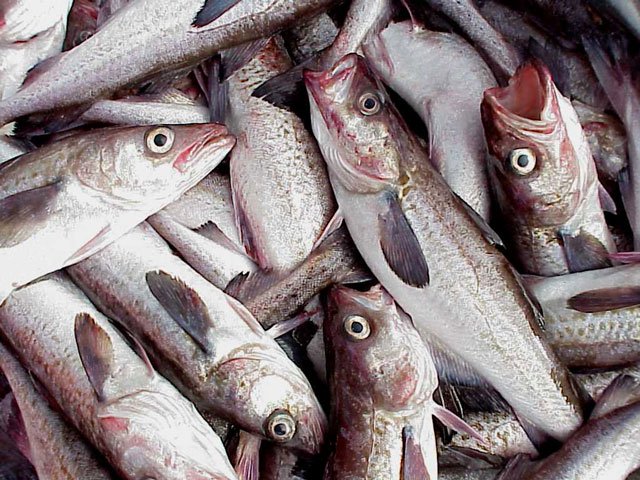The Bering Sea TAC for pollock has been ratcheted back to 1.375 million metric tons — that’s down from last year’s 1.425 million and close to what it was set at in 2019. In the Aleutian Islands harvest area, the quota has been set at 19,000 metric tons, unchanged from last year. For the Gulf of Alaska waters, the TAC fell from the 115,930 metric tons to 113,227 metric tons for 2021.
In May, the U.S. Department of Agriculture announced the purchase of $159.4 million in domestic seafood and agricultural products. Of that, seafood will account for $70.9 million. Alaska pollock products have always been high on the list of purchases by the USDA for school lunch and other institutional food programs, and pollock contracts in 2021 will tally up to $20 million.
Also in May, data released by the National Fisheries Institute indicated that pollock pulled ahead of tilapia to rank fourth place in domestic seafood consumption. Though shrimp, salmon and canned tuna continue to rank above pollock, NFI noted that consumption of pollock products increased by a quarter pound per capita from 2018 to 2019. Meanwhile, the NFI research conducted for the Seattle-based Genuine Alaska Pollock Producers found that wild Alaska pollock products comprised 86 percent of that national increase from 2018 to 2019.
That’s up sharply from a previous study, which found that 59 percent of domestic pollock consumption was wild, single-frozen Alaska product.
“We were loud and proud in 2020,” says Craig Morris, CEO of the Seattle-based Genuine Alaska Pollock Producers. Morris says NOAA revised its most recent seafood consumption data, which revealed that U.S. consumers ate 19.2 pounds per capita, which tipped them off that Alaska pollock numbers would climb.
“We knew we were going to have an uptick,” says Morris, adding that major food chains are now acknowledging wild-caught, single-frozen Alaska pollock as the source of protein going into their fish sticks and other product forms.







